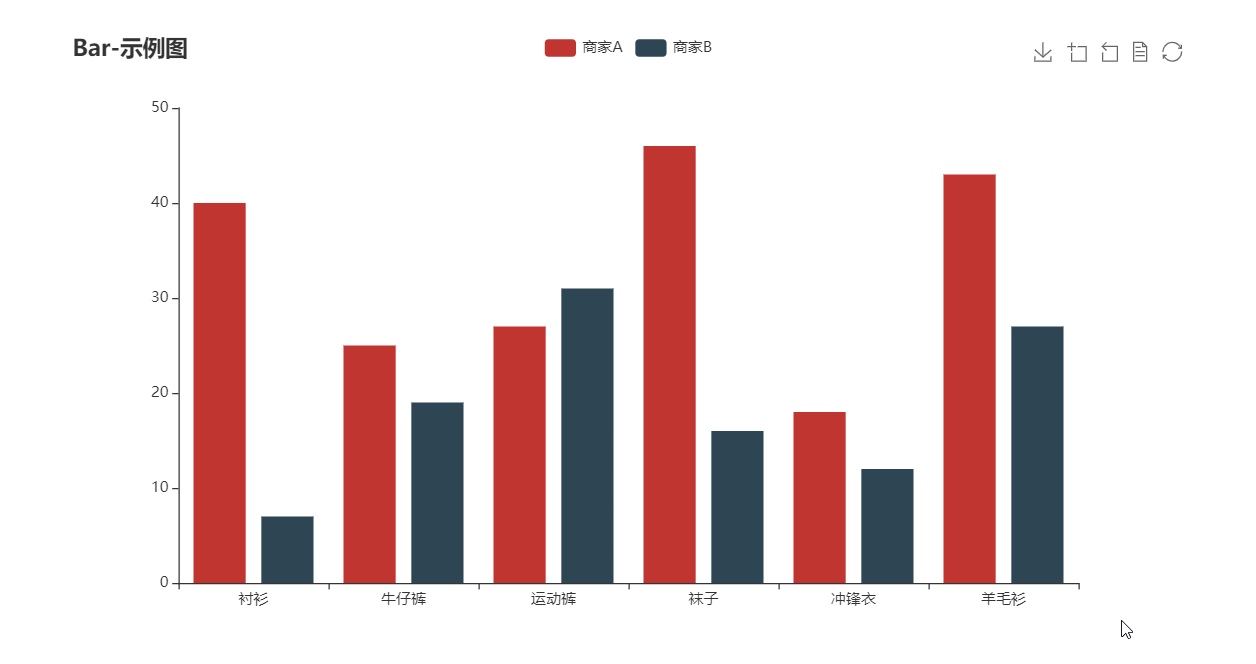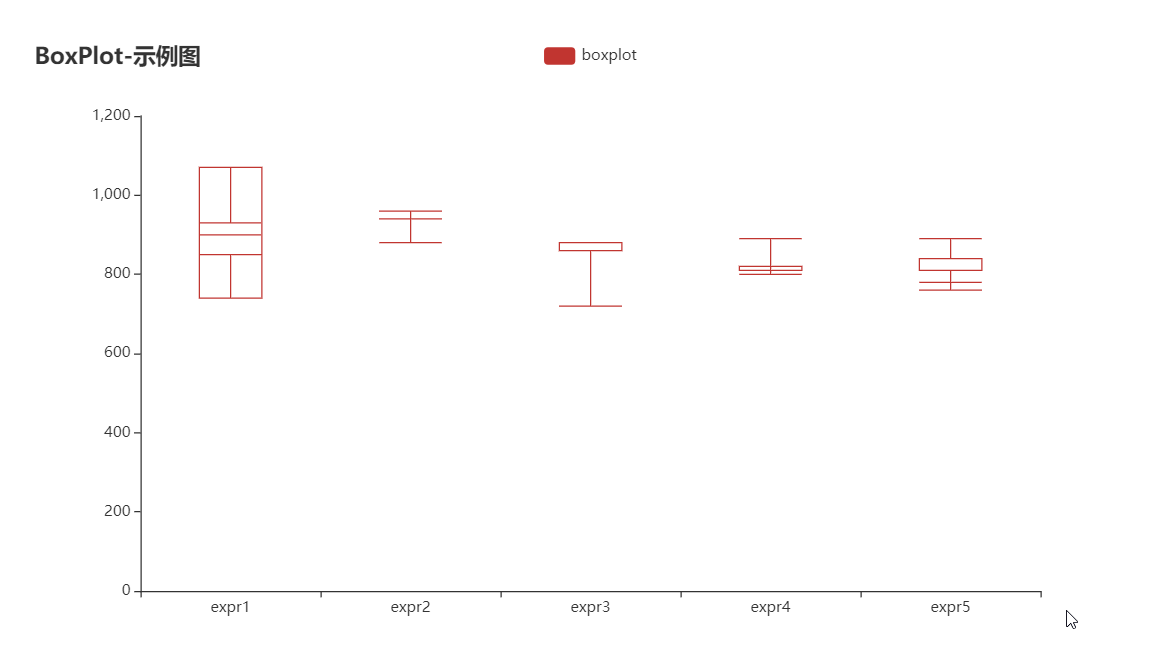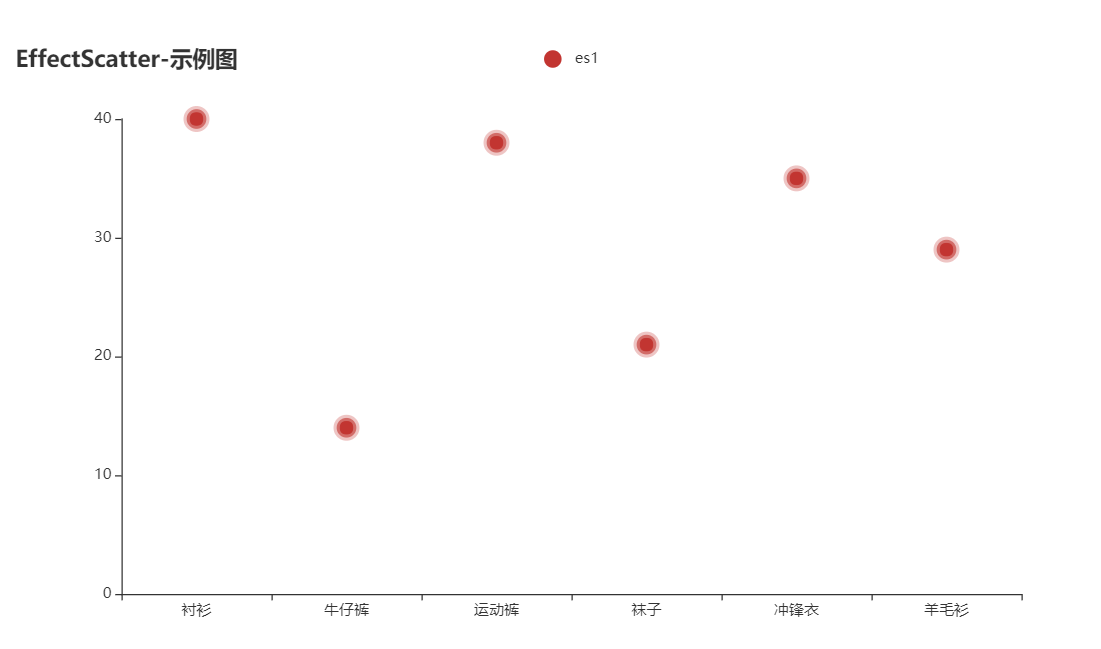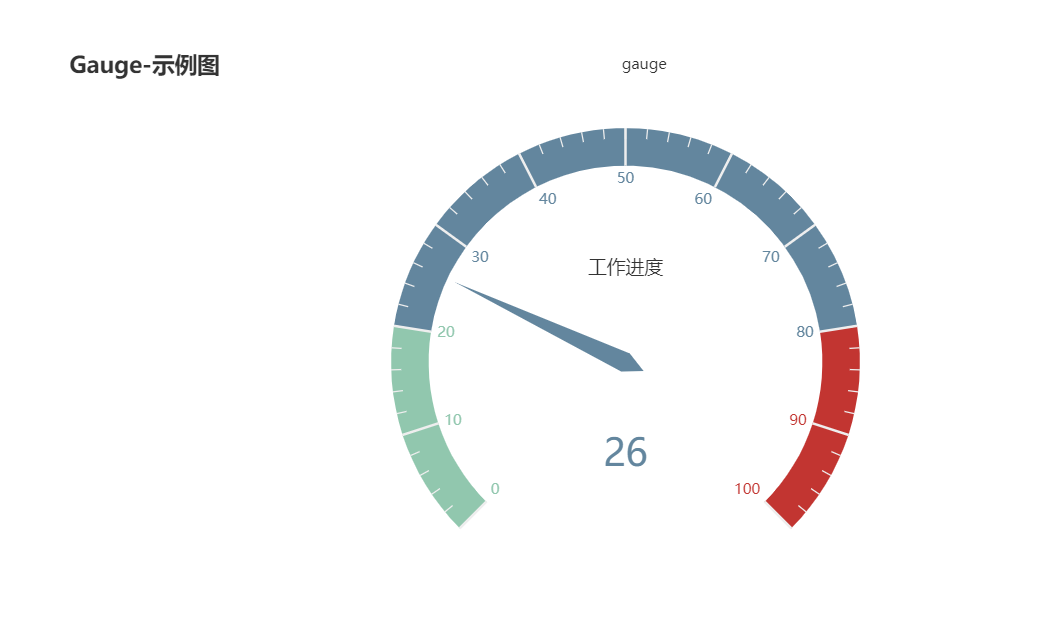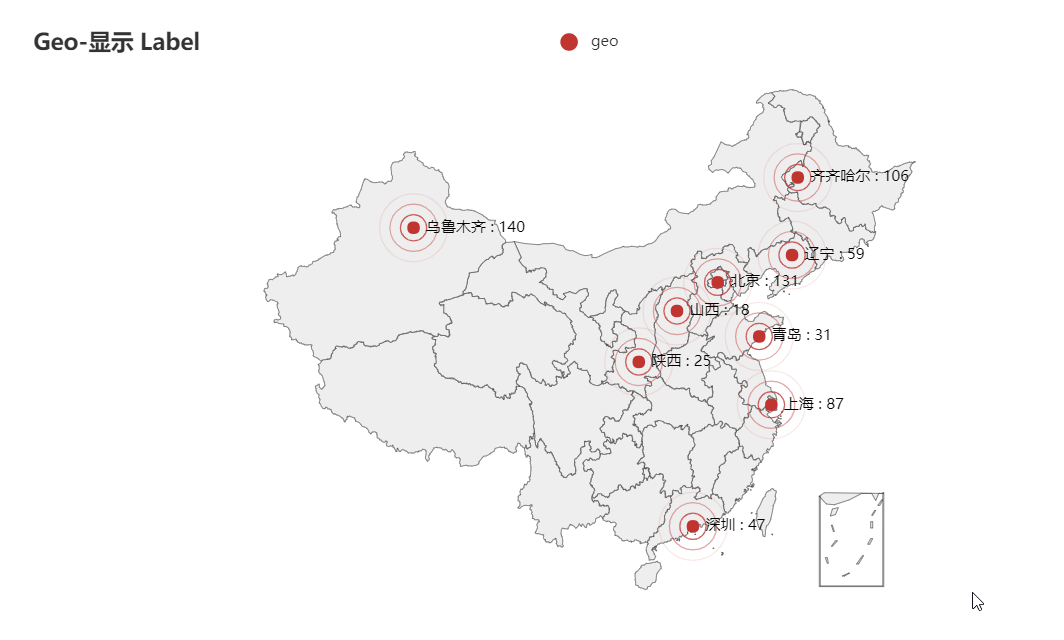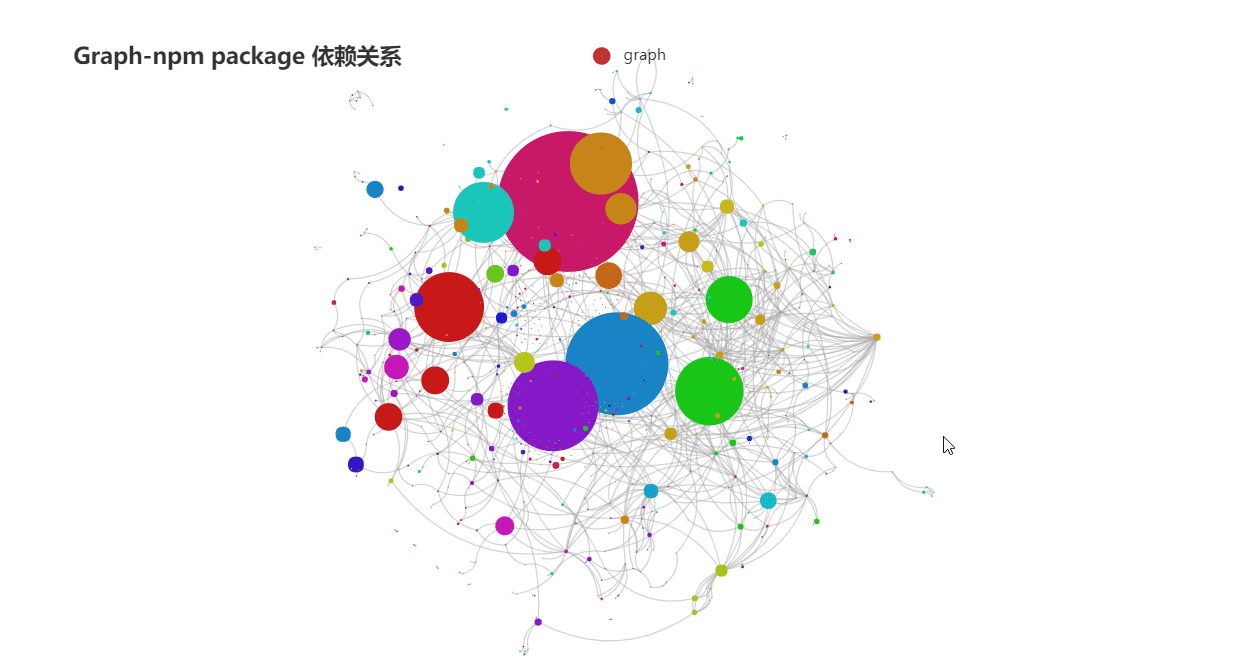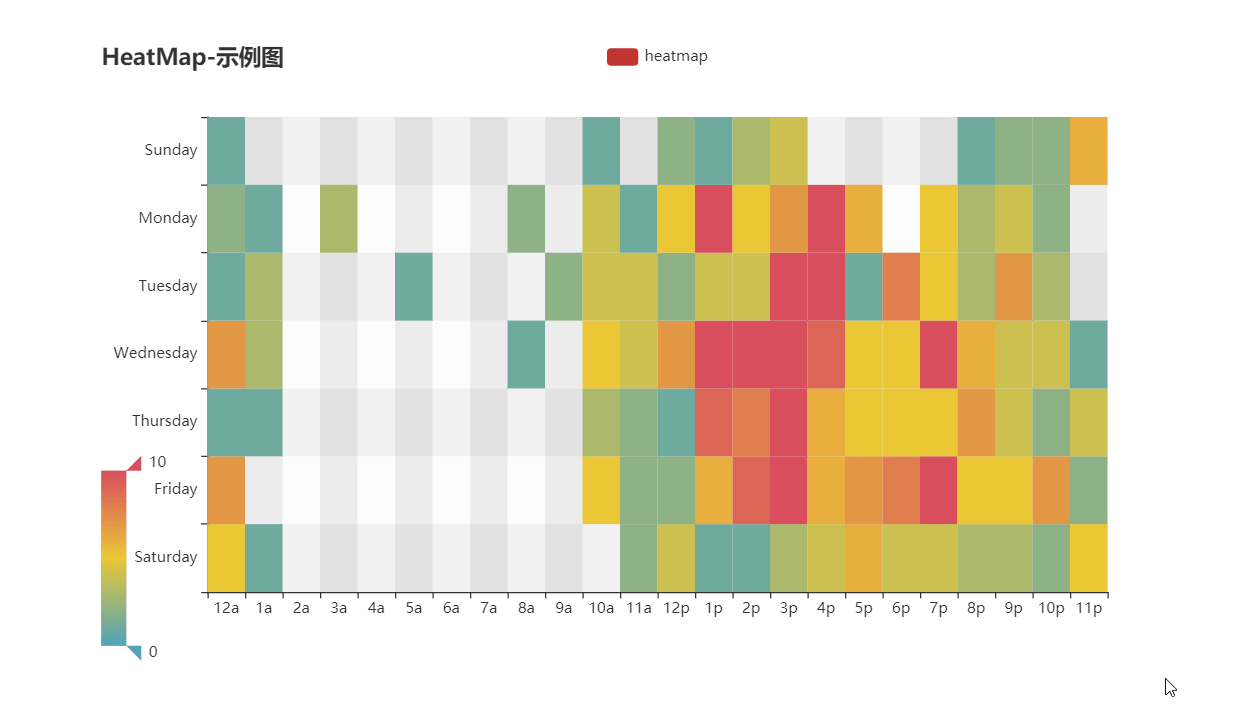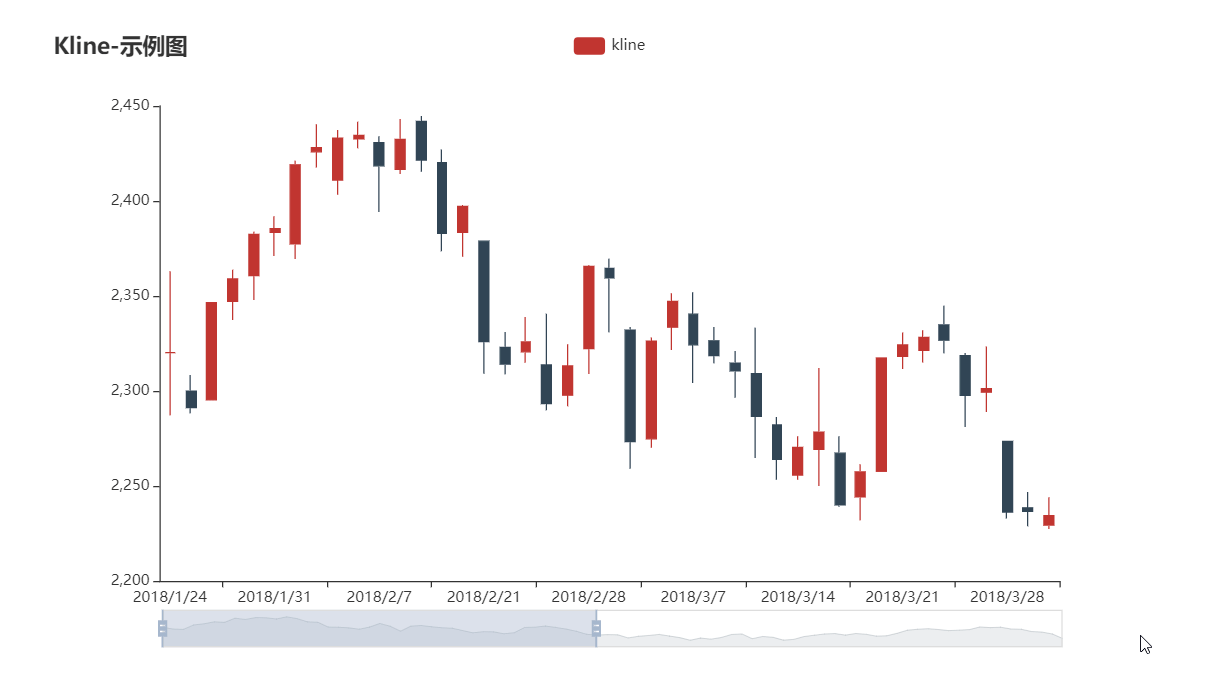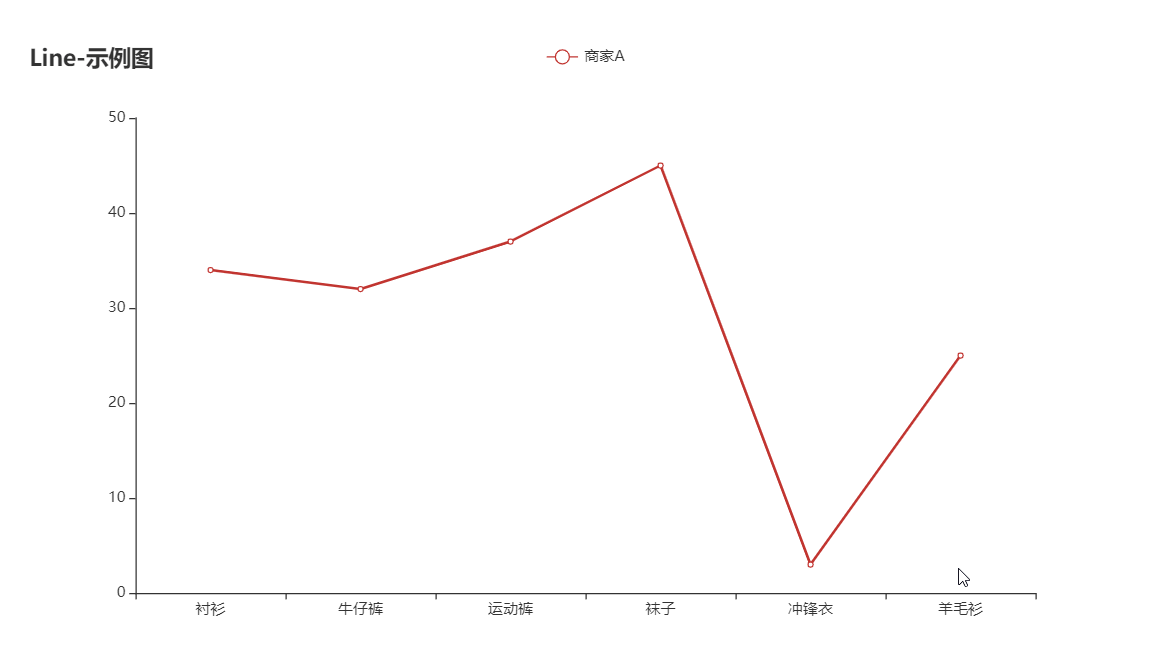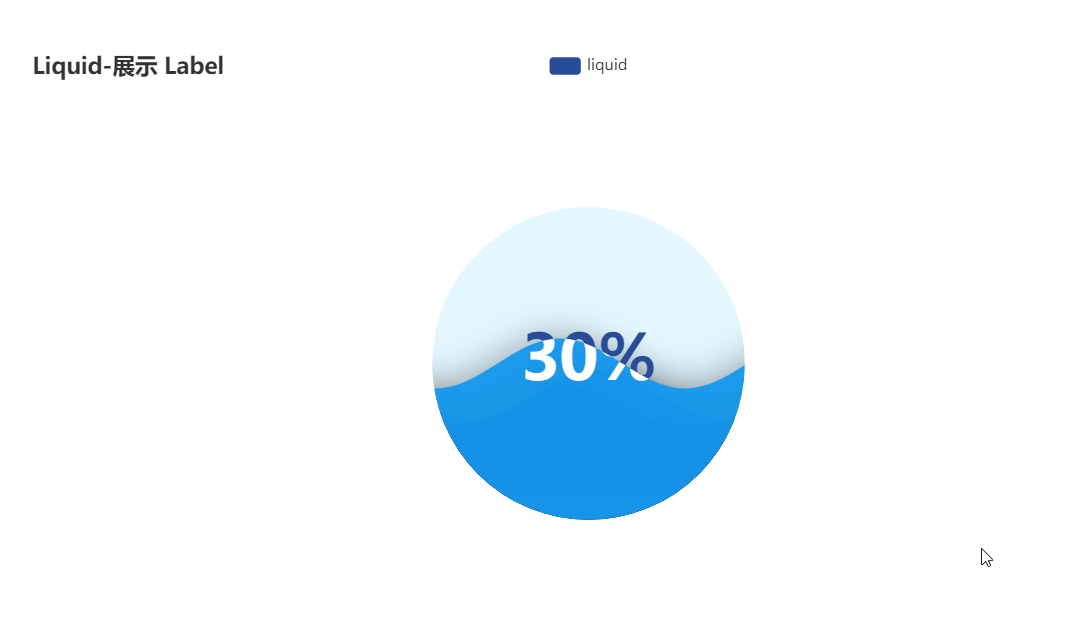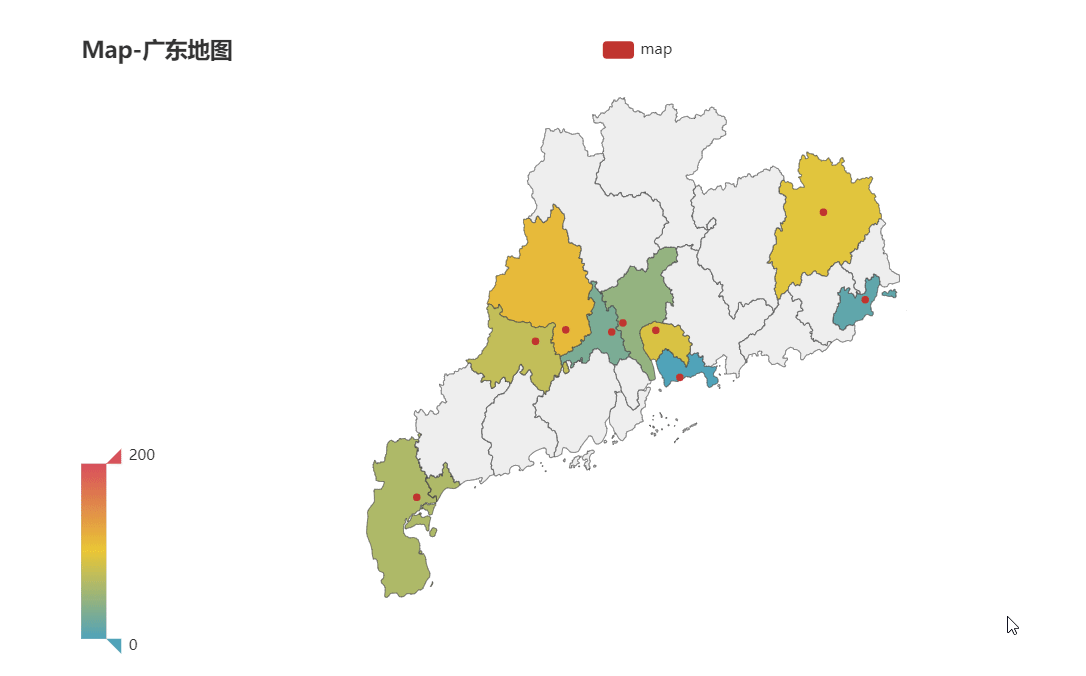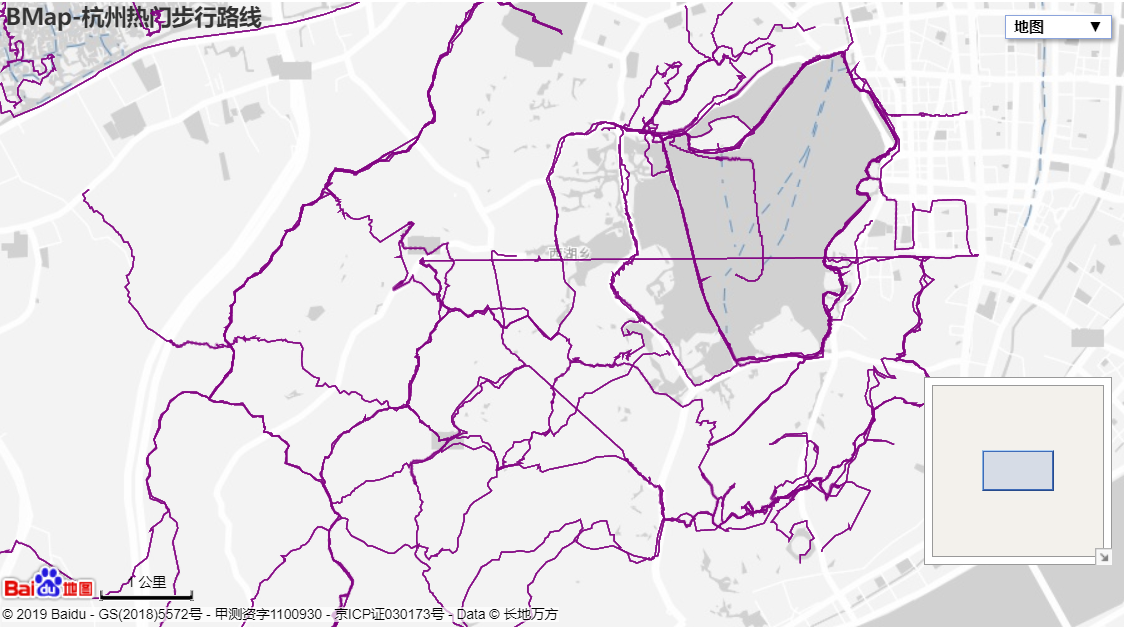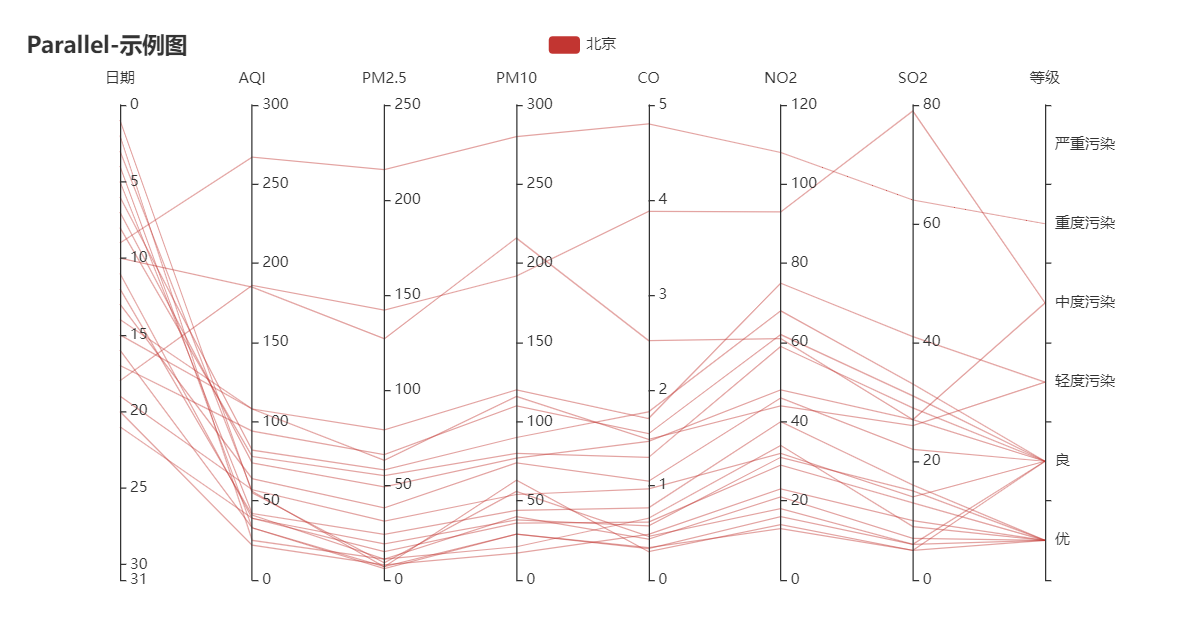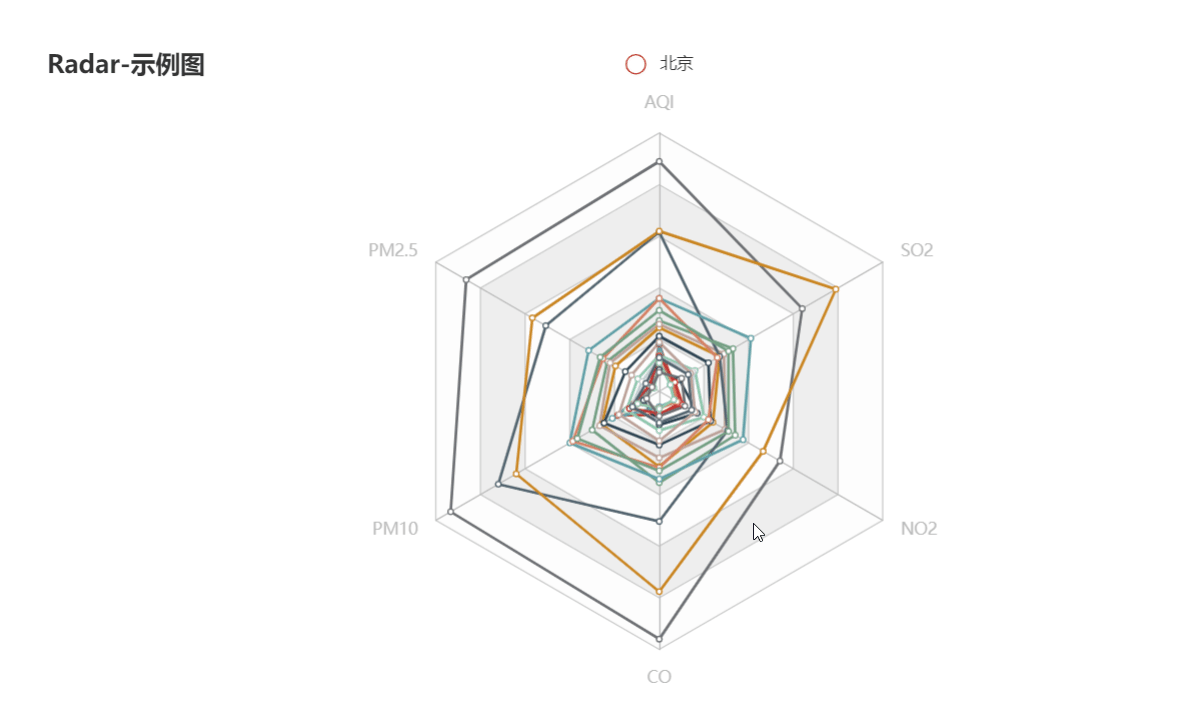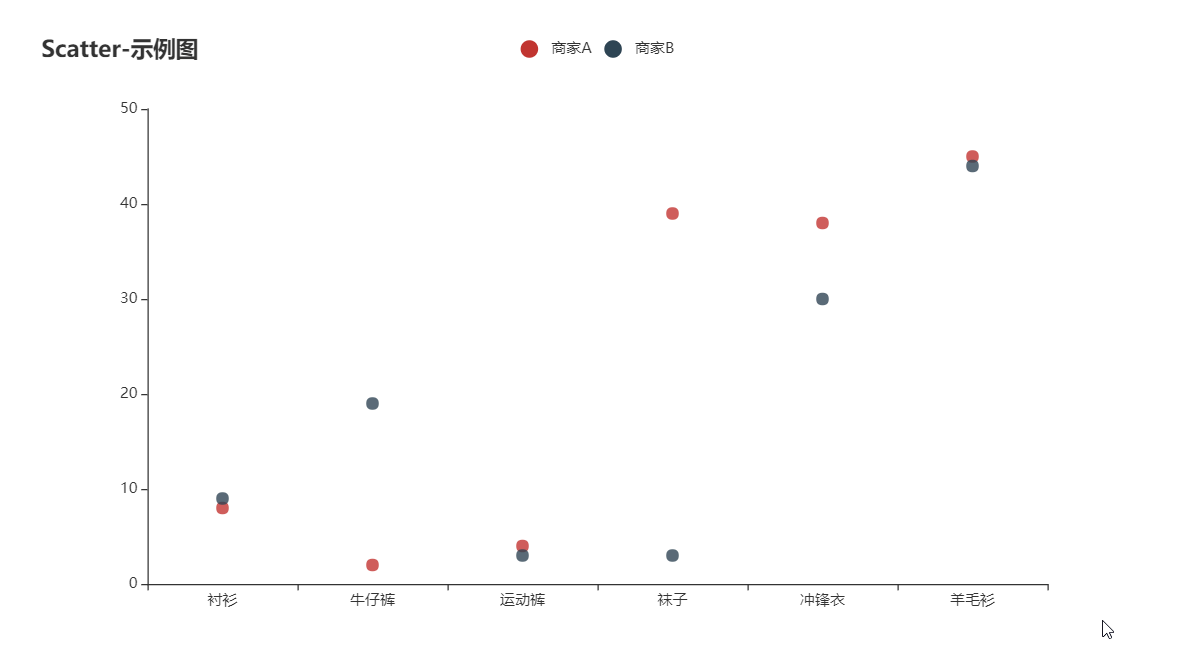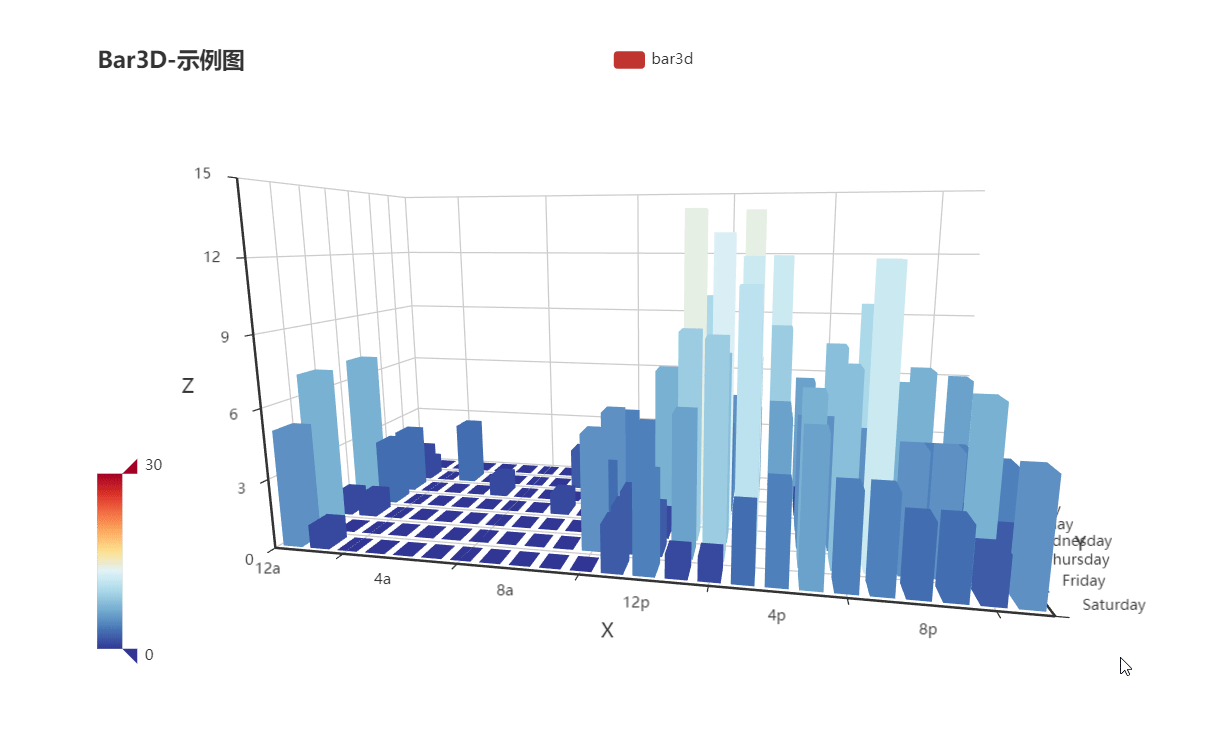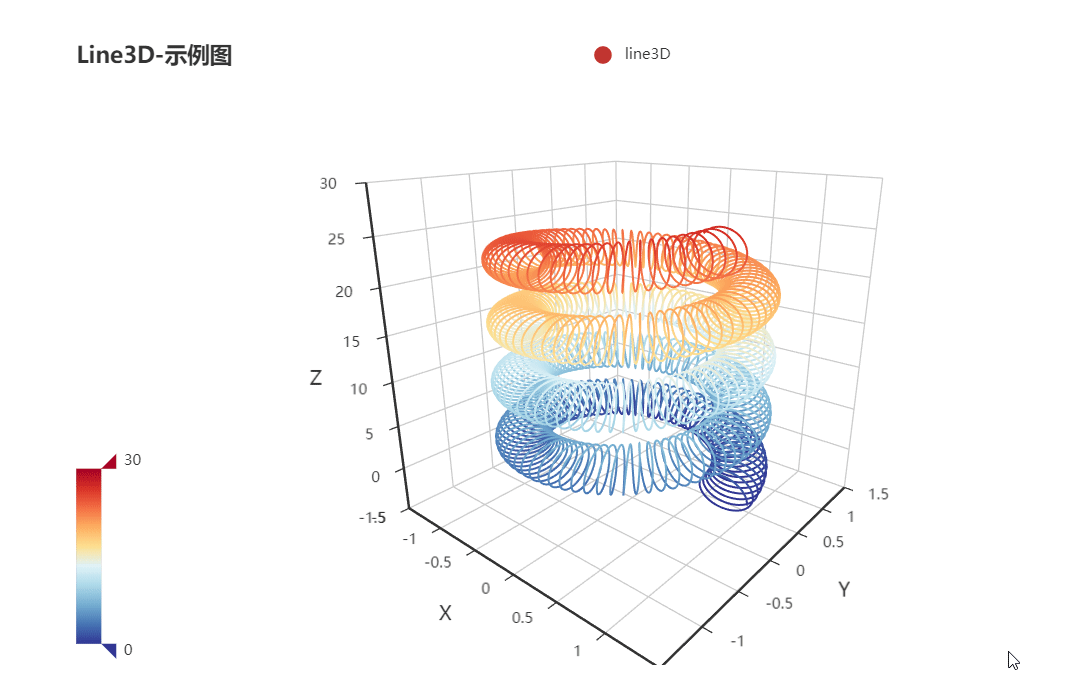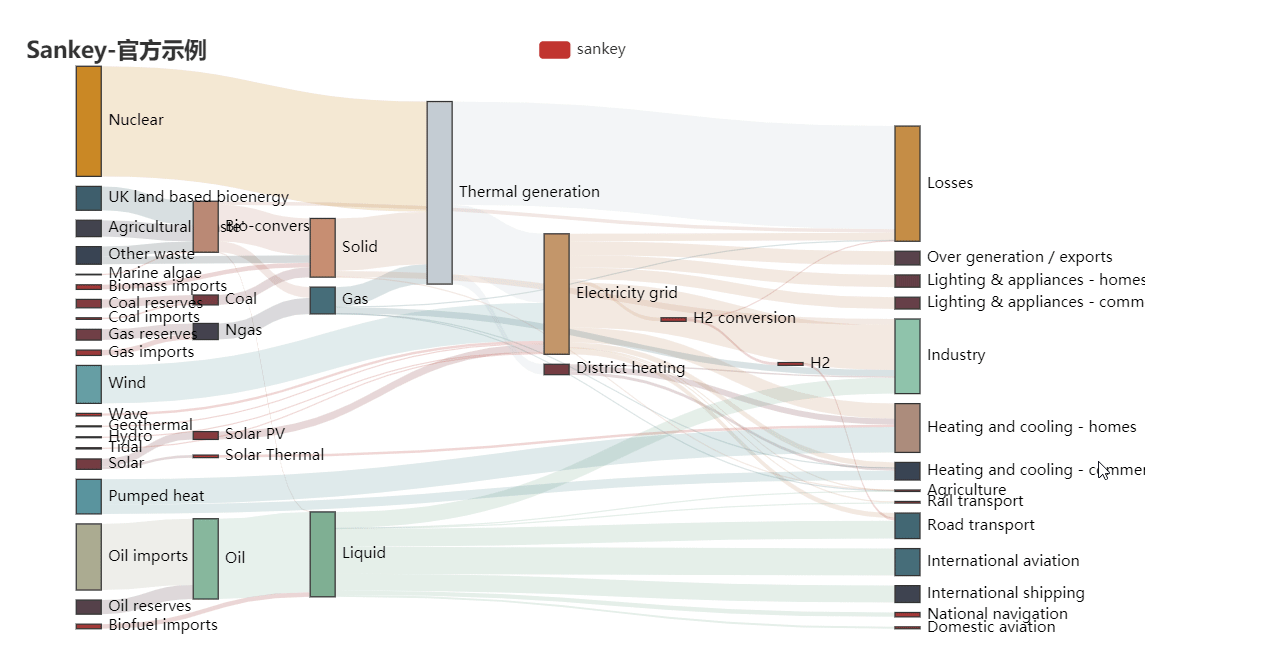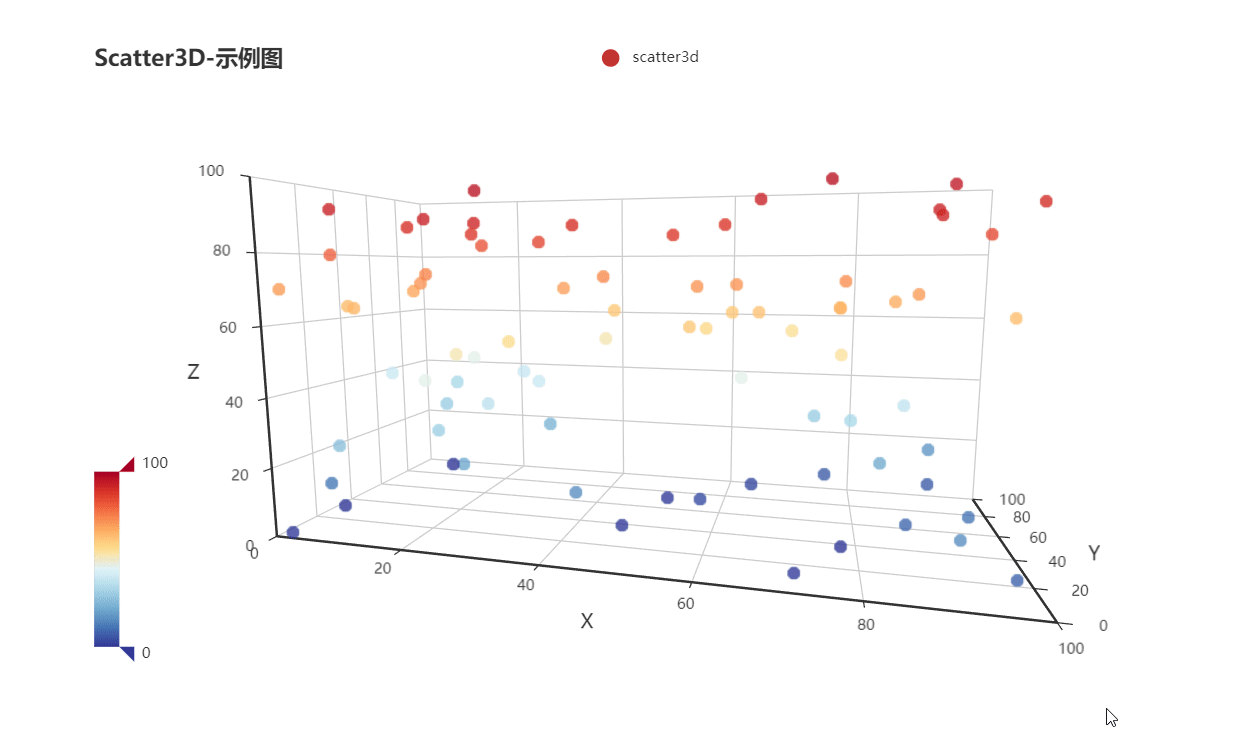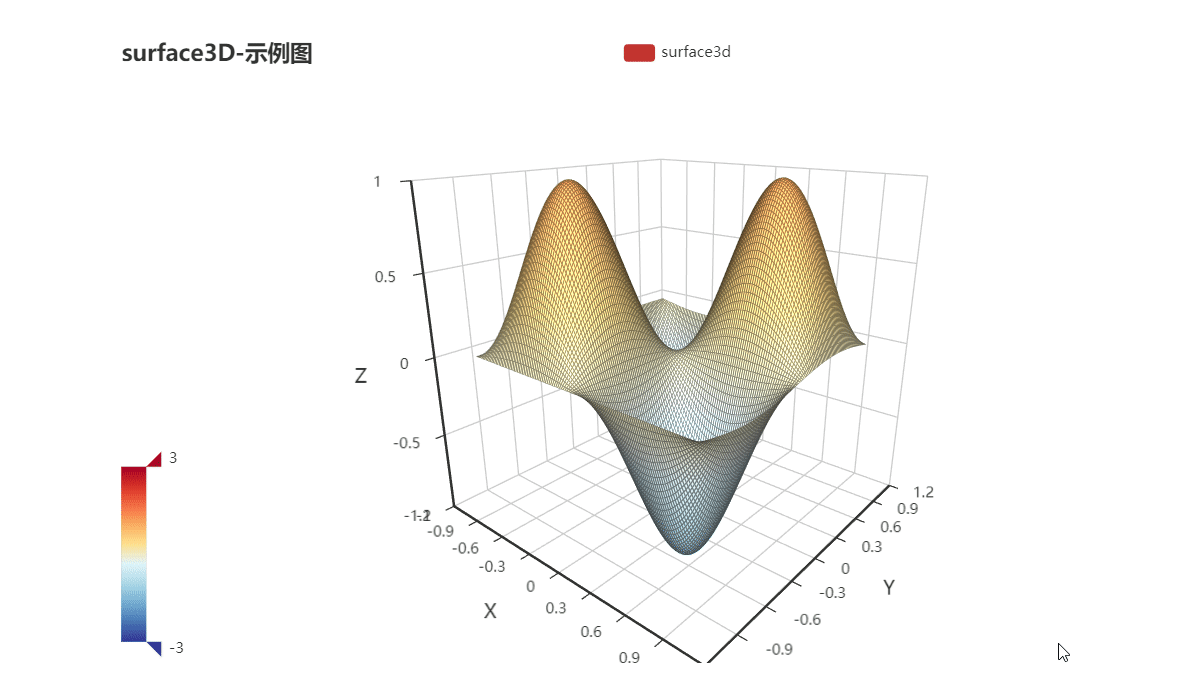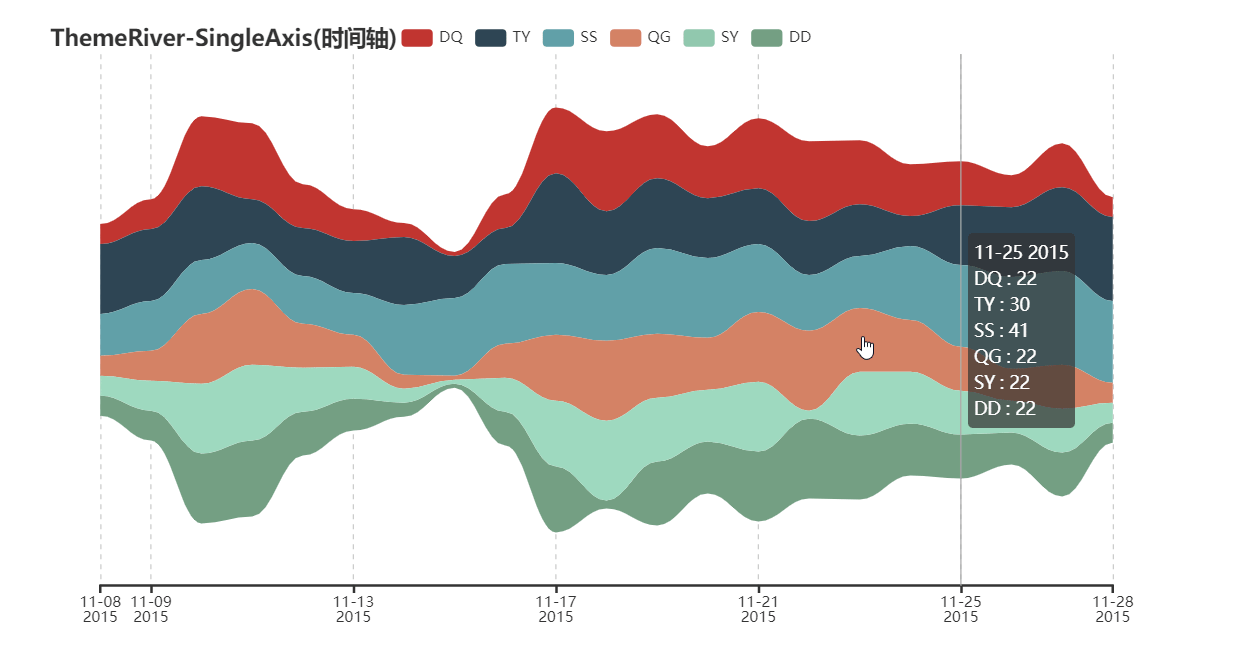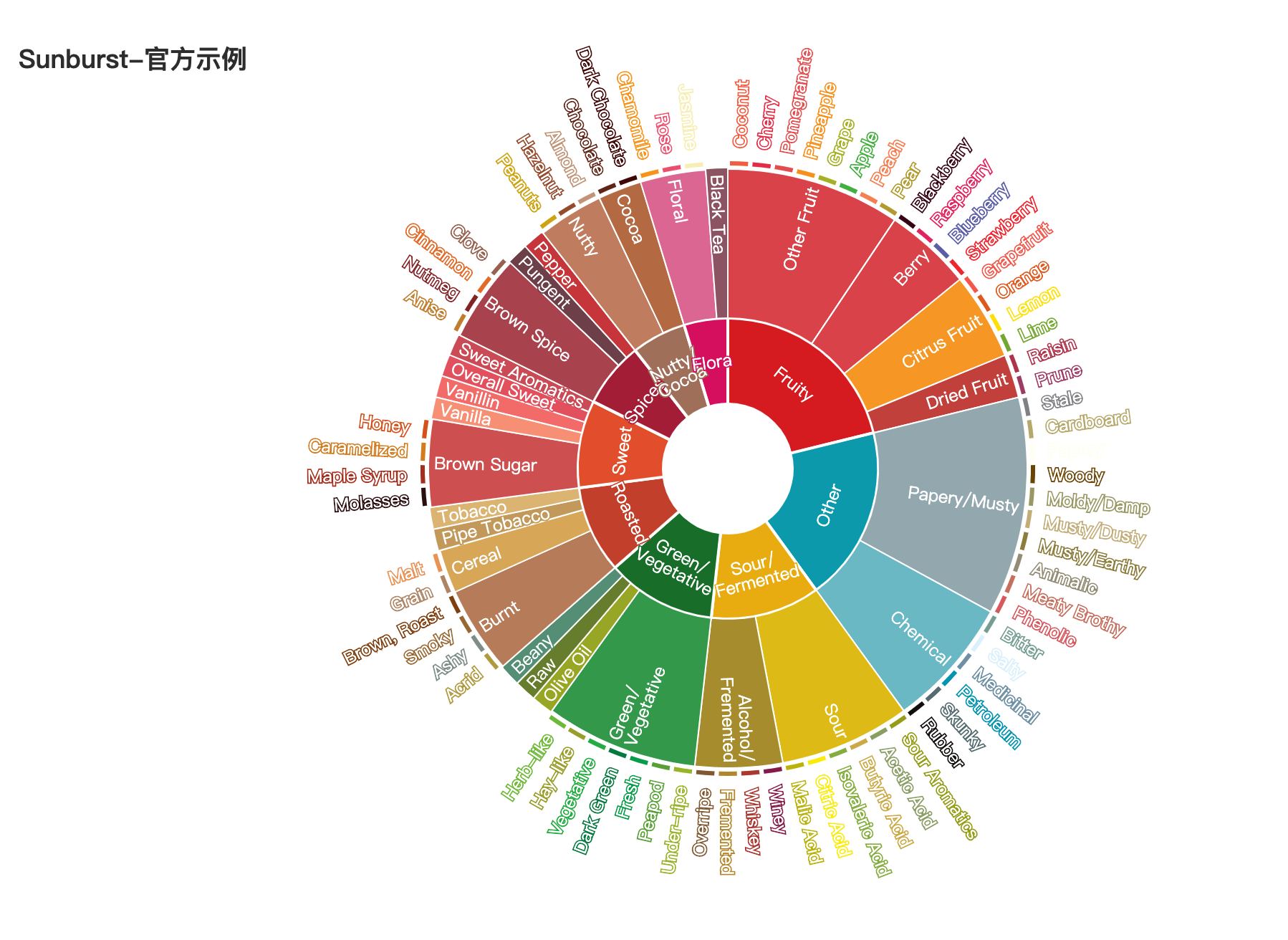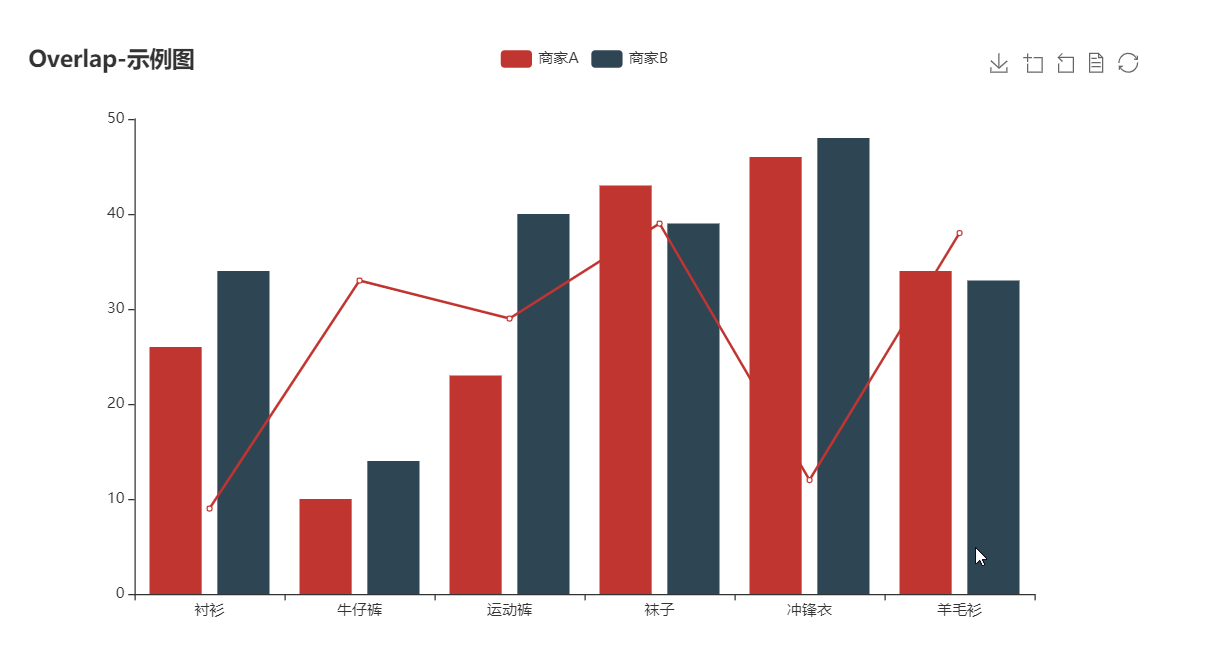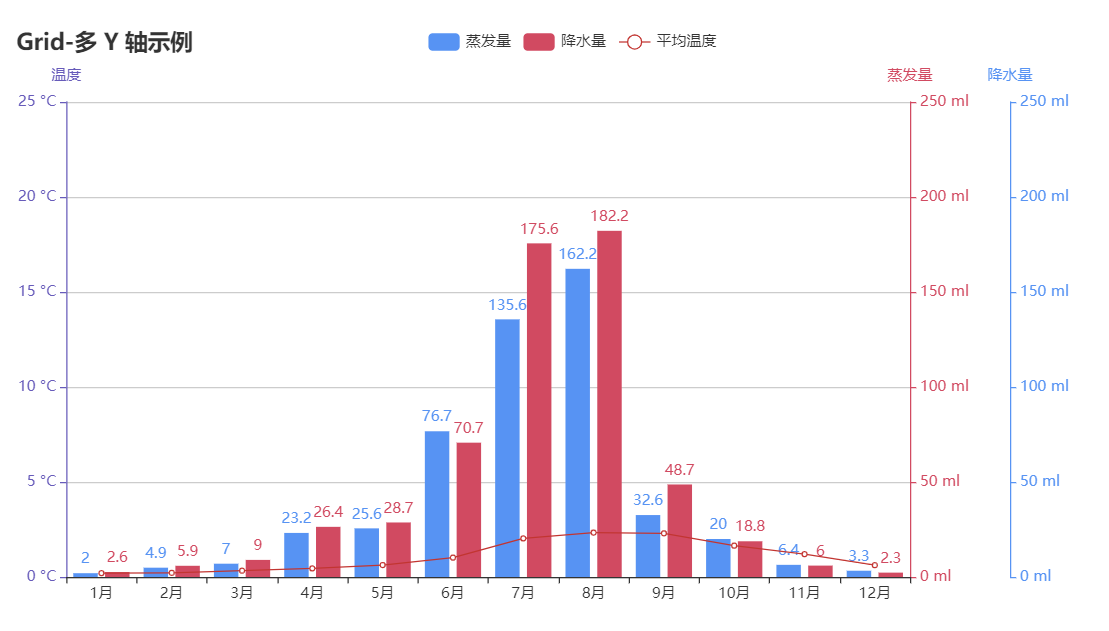# pyecharts
**Repository Path**: mirrors/pyecharts
## Basic Information
- **Project Name**: pyecharts
- **Description**: pyecharts 是一个用于生成 Echarts 图表的类库
- **Primary Language**: Python
- **License**: MIT
- **Default Branch**: master
- **Homepage**: https://www.oschina.net/p/pyecharts
- **GVP Project**: No
## Statistics
- **Stars**: 158
- **Forks**: 7
- **Created**: 2017-07-29
- **Last Updated**: 2025-11-01
## Categories & Tags
**Categories**: charting-components
**Tags**: None
## README

pyecharts
Python ❤️ ECharts = pyecharts







[English README](README.en.md)
## 📣 简介
[Apache ECharts](https://github.com/apache/echarts) 是一个由百度开源的数据可视化,凭借着良好的交互性,精巧的图表设计,得到了众多开发者的认可。而 Python 是一门富有表达力的语言,很适合用于数据处理。当数据分析遇上数据可视化时,[pyecharts](https://github.com/pyecharts/pyecharts) 诞生了。
* **`pyecharts like` 的可视化项目**
* [py-vchart](https://github.com/VisActor/py-vchart)
* [py-antv](https://github.com/sunhailin-Leo/pyantv)
## ✨ 特性
* 简洁的 API 设计,使用如丝滑般流畅,支持链式调用
* 囊括了 30+ 种常见图表,应有尽有
* 支持主流 Notebook 环境,Jupyter Notebook、JupyterLab 和 [marimo](https://github.com/marimo-team/marimo)
* 可轻松集成至 Flask,Sanic,Django 等主流 Web 框架
* 高度灵活的配置项,可轻松搭配出精美的图表
* 详细的文档和示例,帮助开发者更快的上手项目
* 多达 400+ 地图文件,并且支持原生百度地图,为地理数据可视化提供强有力的支持
## ⏳ 版本
v0.5.x 和 V1 间不兼容,V1 是一个全新的版本,详见 [ISSUE#892](https://github.com/pyecharts/pyecharts/issues/892),[ISSUE#1033](https://github.com/pyecharts/pyecharts/issues/1033)。
### V0.5.x
> 支持 Python 2.7,3.4+
经开发团队决定,0.5.x 版本将不再进行维护,0.5.x 版本代码位于 *05x* 分支,文档位于 [05x-docs.pyecharts.org](http://05x-docs.pyecharts.org)。
### V1
> 仅支持 Python 3.7+
新版本系列将从 v1.0.0 开始,文档位于 [pyecharts.org](https://pyecharts.org);示例位于 [gallery.pyecharts.org](https://gallery.pyecharts.org)
### V2
> 仅支持 Python 3.7+
新版本基于 Echarts 5.4.1+ 进行渲染, 文档和示例位置与 V1 相同
## 🔰 安装
**pip 安装**
```shell
# 安装 v1 以上版本
$ pip install pyecharts -U
# 如果需要安装 0.5.11 版本的开发者,可以使用
# pip install pyecharts==0.5.11
```
**源码安装**
```shell
# 安装 v1 以上版本
$ git clone https://github.com/pyecharts/pyecharts.git
# 如果需要安装 0.5.11 版本,请使用 git clone https://github.com/pyecharts/pyecharts.git -b v05x
$ cd pyecharts
$ pip install -r requirements.txt
$ python setup.py install
```
## 📝 使用
### 本地环境
#### 生成 HTML
```python
from pyecharts.charts import Bar
from pyecharts import options as opts
# V1 版本开始支持链式调用
bar = (
Bar()
.add_xaxis(["衬衫", "毛衣", "领带", "裤子", "风衣", "高跟鞋", "袜子"])
.add_yaxis("商家A", [114, 55, 27, 101, 125, 27, 105])
.add_yaxis("商家B", [57, 134, 137, 129, 145, 60, 49])
.set_global_opts(title_opts=opts.TitleOpts(title="某商场销售情况"))
)
bar.render()
# 不习惯链式调用的开发者依旧可以单独调用方法
bar = Bar()
bar.add_xaxis(["衬衫", "毛衣", "领带", "裤子", "风衣", "高跟鞋", "袜子"])
bar.add_yaxis("商家A", [114, 55, 27, 101, 125, 27, 105])
bar.add_yaxis("商家B", [57, 134, 137, 129, 145, 60, 49])
bar.set_global_opts(title_opts=opts.TitleOpts(title="某商场销售情况"))
bar.render()
```

#### 生成图片
```python
from snapshot_selenium import snapshot as driver
from pyecharts import options as opts
from pyecharts.charts import Bar
from pyecharts.render import make_snapshot
def bar_chart() -> Bar:
c = (
Bar()
.add_xaxis(["衬衫", "毛衣", "领带", "裤子", "风衣", "高跟鞋", "袜子"])
.add_yaxis("商家A", [114, 55, 27, 101, 125, 27, 105])
.add_yaxis("商家B", [57, 134, 137, 129, 145, 60, 49])
.reversal_axis()
.set_series_opts(label_opts=opts.LabelOpts(position="right"))
.set_global_opts(title_opts=opts.TitleOpts(title="Bar-测试渲染图片"))
)
return c
# 需要安装 snapshot-selenium 或者 snapshot-phantomjs
make_snapshot(driver, bar_chart().render(), "bar.png")
```

### Notebook 环境
#### Jupyter Notebook
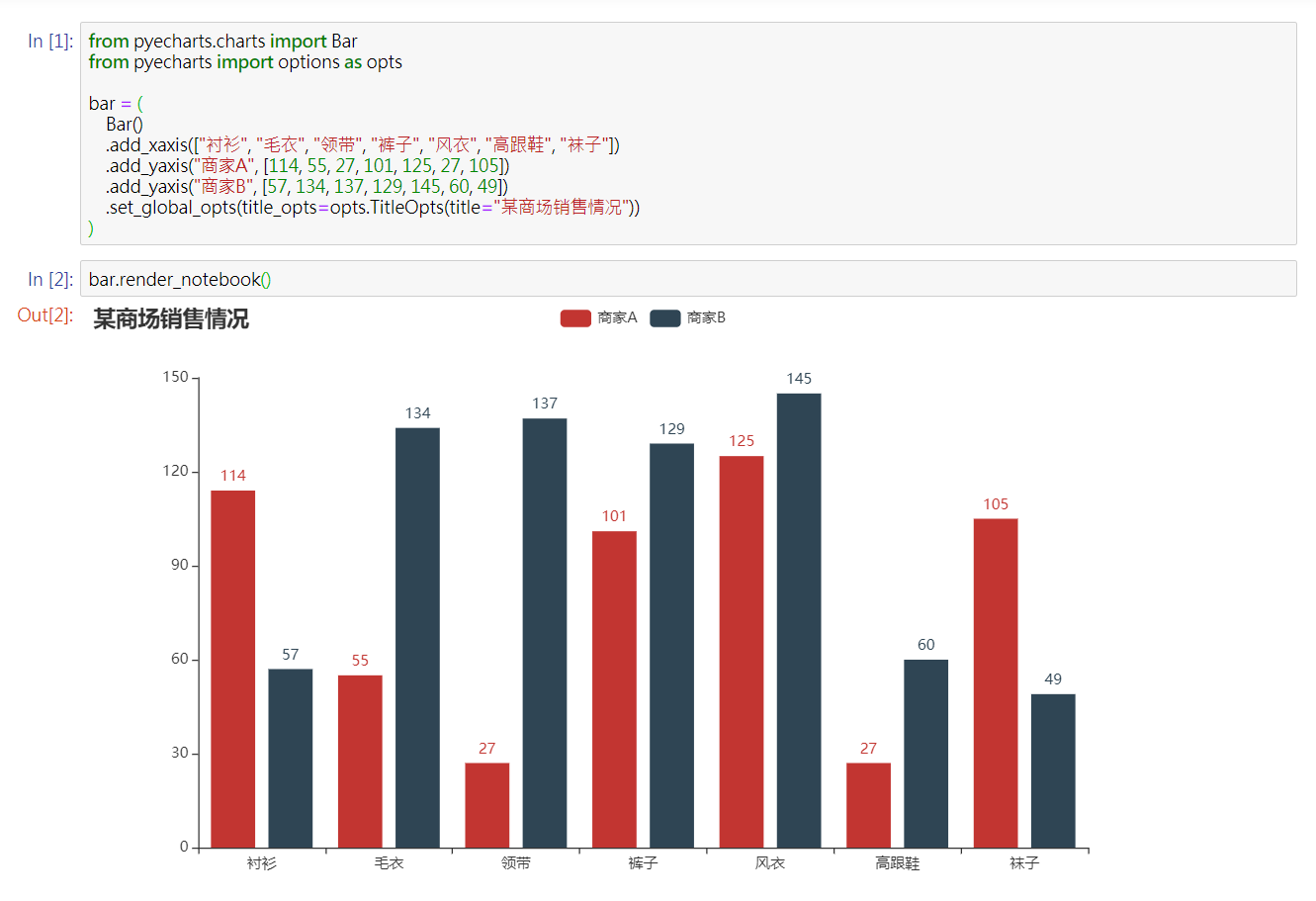
#### JupyterLab

#### Web 框架

## 🔖 Demo
> Demo 代码位于 example 文件夹下,欢迎参考 pyecharts 画廊 [pyecharts-gallery](https://github.com/pyecharts/pyecharts-gallery)。
更多详细文档,请访问
* [中文文档](http://pyecharts.org/#/zh-cn/)
* [English Documentation](http://pyecharts.org/#/en-us/)
* [示例 Example](https://gallery.pyecharts.org)
## ⛏ 代码质量
### 单元测试
```shell
$ pip install -r test/requirements.txt
$ make
```
### 集成测试
使用 [Travis CI](https://travis-ci.org/) 和 [AppVeyor](https://ci.appveyor.com/) 持续集成环境。
### 代码规范
使用 [flake8](http://flake8.pycqa.org/en/latest/index.html), [Codecov](https://codecov.io/) 以及 [pylint](https://www.pylint.org/) 提升代码质量。
## 😉 Author
pyecharts 主要由以下几位开发者开发维护
* [@chenjiandongx](https://github.com/chenjiandongx)
* [@chfw](https://github.com/chfw)
* [@kinegratii](https://github.com/kinegratii)
* [@sunhailin-Leo](https://github.com/sunhailin-Leo)
更多贡献者信息可以访问 [pyecharts/graphs/contributors](https://github.com/pyecharts/pyecharts/graphs/contributors)
## 💡 贡献
期待能有更多的开发者参与到 pyecharts 的开发中来,我们会保证尽快 Reivew PR 并且及时回复。但提交 PR 请确保
1. 通过所有单元测试,如若是新功能,请为其新增单元测试
2. 遵守开发规范,使用 black 以及 isort 格式化代码($ pip install -r requirements-dev.txt)
3. 如若需要,请更新相对应的文档
我们也非常欢迎开发者能为 pyecharts 提供更多的示例,共同来完善文档,文档项目位于 [pyecharts/website](https://github.com/pyecharts/website)
## 📃 License
MIT [©chenjiandongx](https://github.com/chenjiandongx) 



